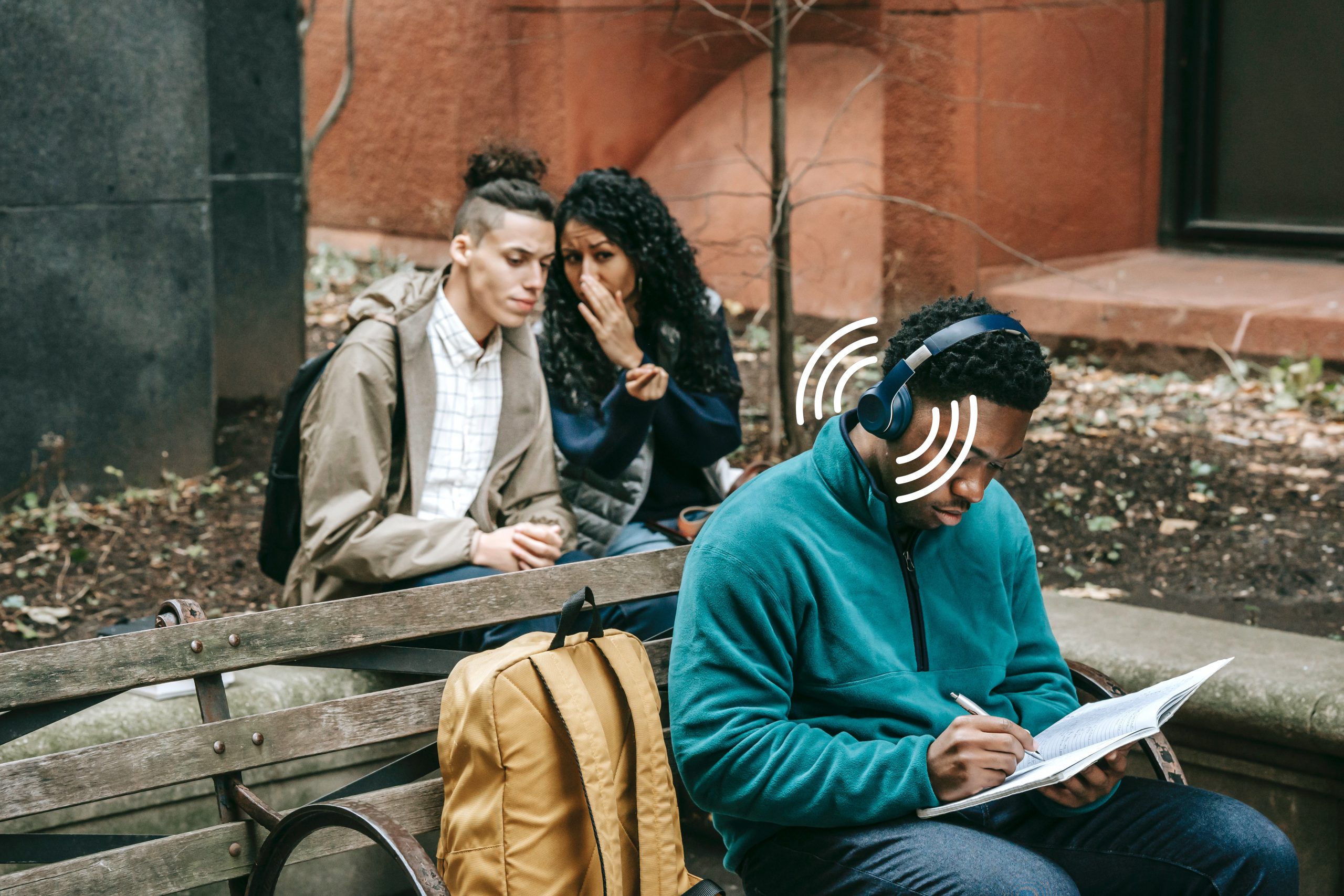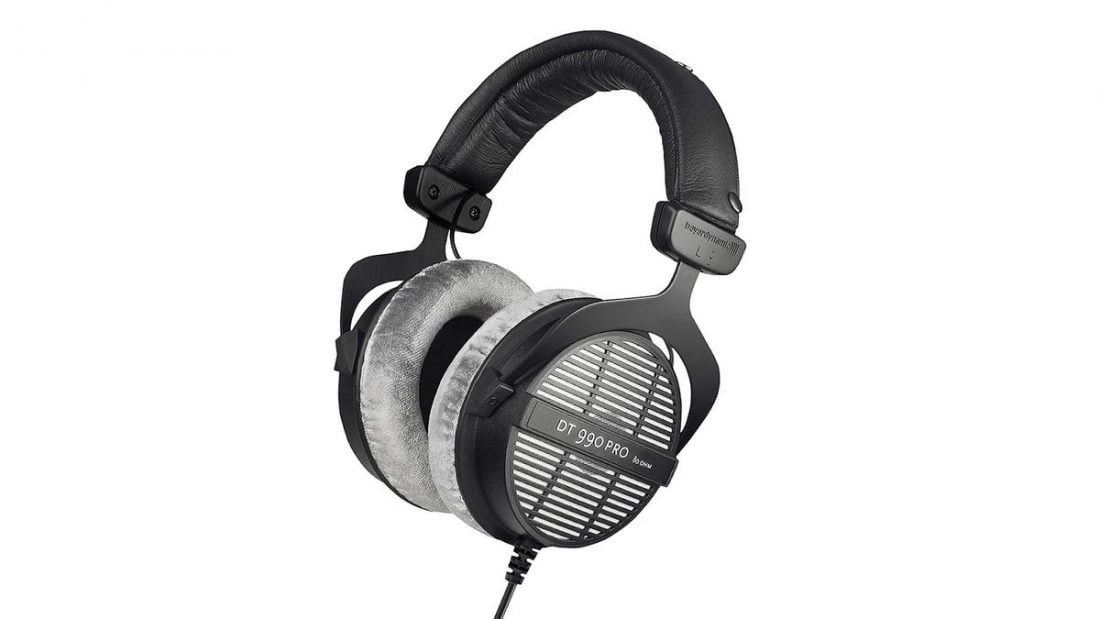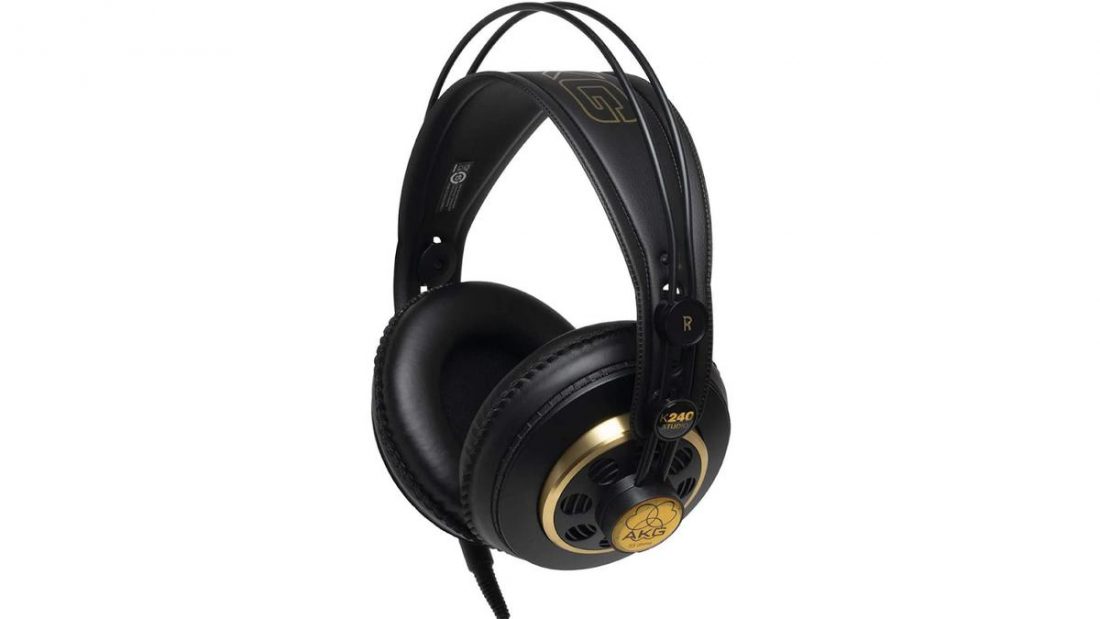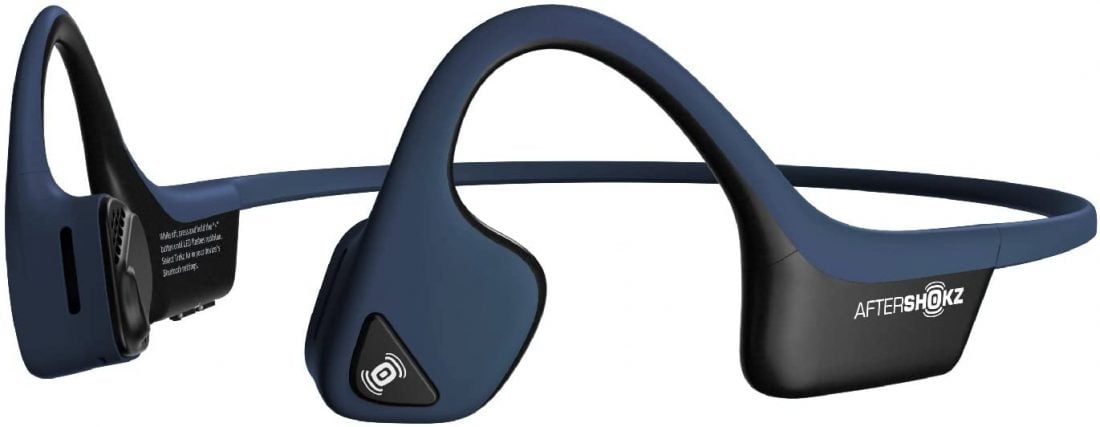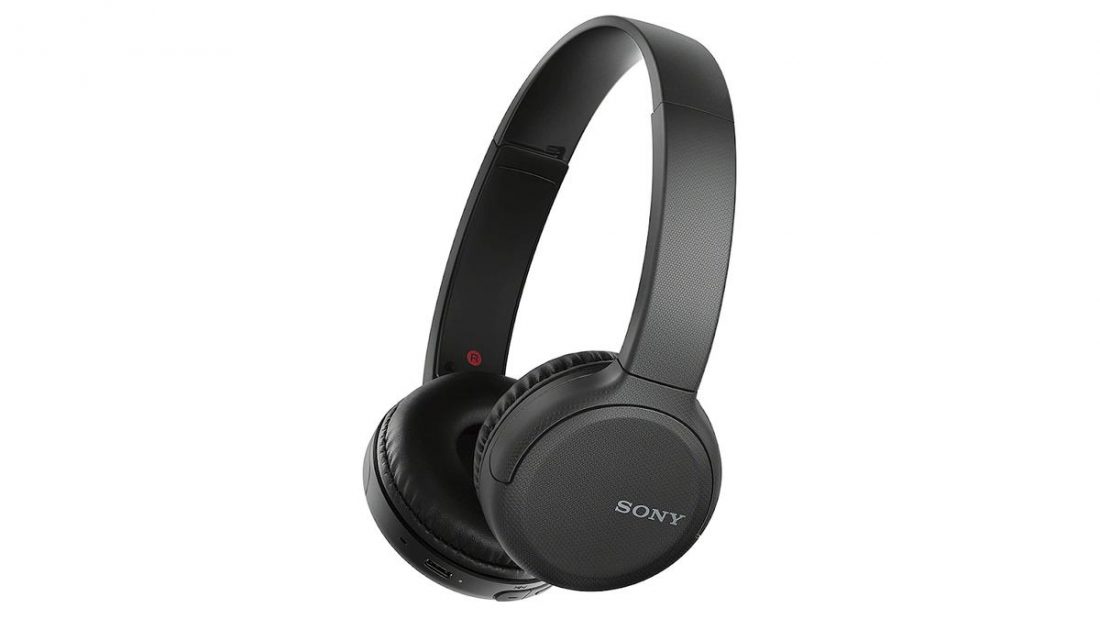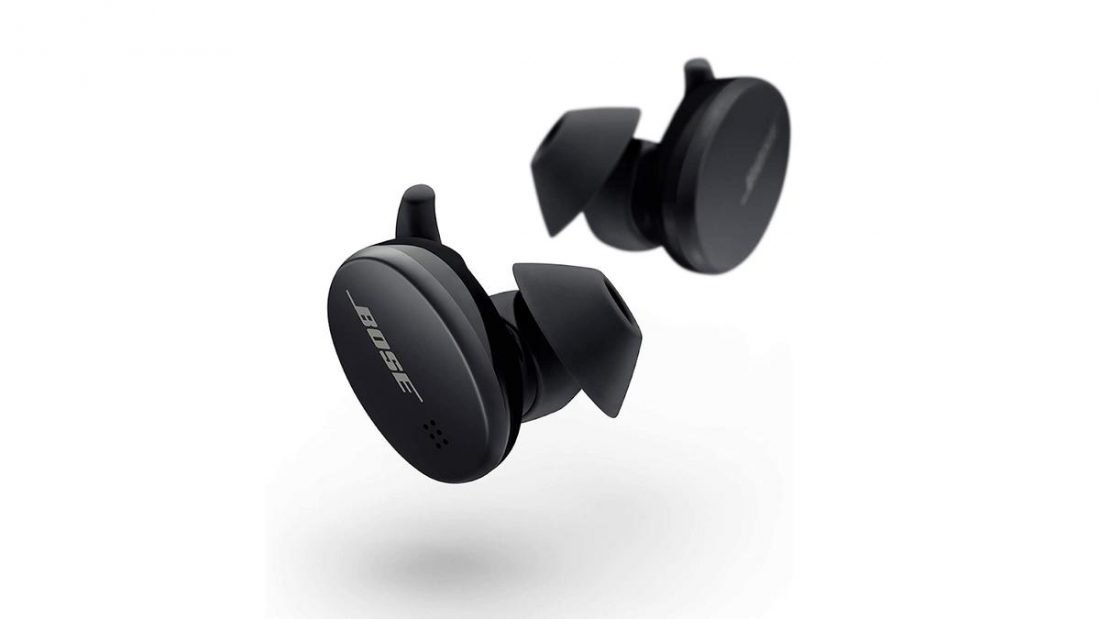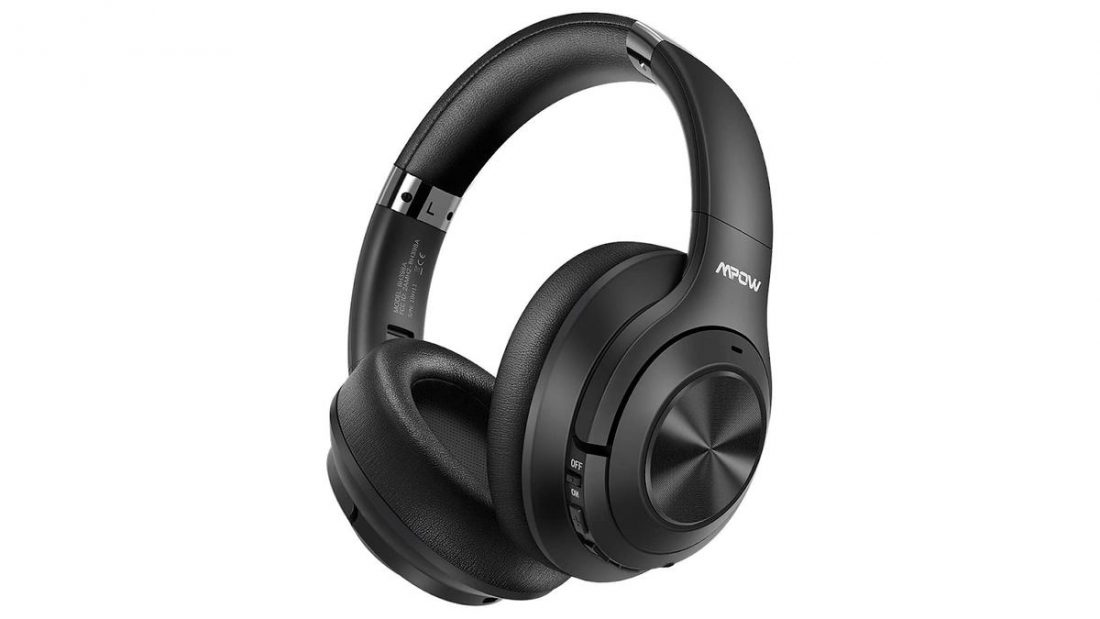Sound leakage is unpleasant. Even more so for those around you. Let’s take a look at what causes it and how you can remedy it.
Headphones are meant to give you a private listening experience when it comes to music, audiobooks, and podcasts. But this purpose is defeated when your headphones leak audio to the point where it becomes an annoyance to those around you.
This annoyance is amplified when you want to use your headphones in a particularly quiet environment like a library, classroom, or office. Especially if you depend on your headphones to increase your productivity and make the day go by faster.
Today, we’re going to look at what sound leakage is, how it can affect your headphones, and what you can do to reduce the amount of leakage coming from your headphones.
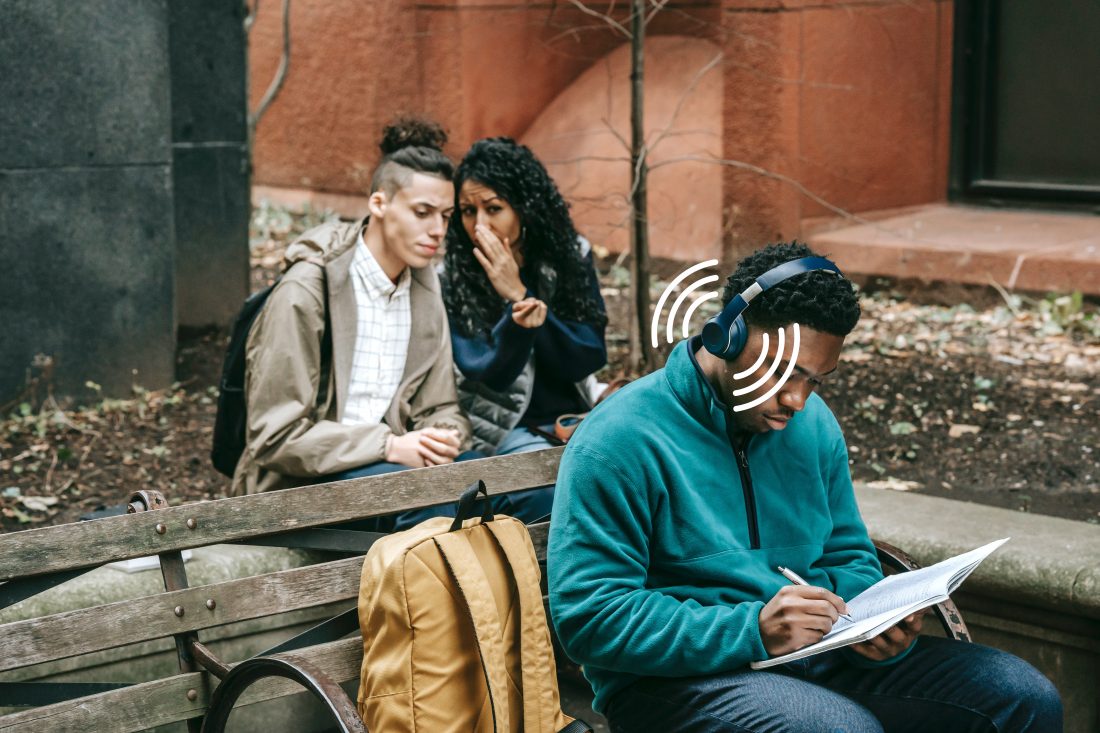
- What Is Sound Leakage and How It Happens
- Why Is Sound Leakage a Big Deal for Some?
- How Sound Leakage Affects the Headphones’ Performance
- How to Test Your Headphones for Sound Leakage
- How to Prevent Sound Leakage
- Types of Headphones That Leaks the Most Sound
- Types of Headphones With the Least Sound Leakage
- Conclusion
- What Is Sound Leakage and How It Happens
- Why Is Sound Leakage a Big Deal for Some?
- How Sound Leakage Affects the Headphones’ Performance
- How to Test Your Headphones for Sound Leakage
- How to Prevent Sound Leakage
- Types of Headphones That Leaks the Most Sound
- Types of Headphones With the Least Sound Leakage
- Conclusion
What Is Sound Leakage and How It Happens
Sound leakage, also commonly referred to as sound bleed, occurs when the noise inside your headphones leaks outside to the point where it’s audible to those around you. This is due to the headphones not being able to contain all of the air vibrations that produce sound.
While ear cups and design elements can heavily reduce sound leakage, it’s difficult to completely eliminate it without making the headphones impractical for use. But, in saying that, there are some ways you can reduce sound leakage to the point where it’s almost non-existent. Let’s take a look at a few factors that contribute to sound leakage.
Driver size
The role of a headphone driver is to convert electrical signals into sound. Essentially, they are very small loudspeakers that send sound into your ear. In general, the smaller the driver, the less sound leakage you will experience.
However, larger drivers produce better bass as they are able to push and pull more air. So, you first need to think about your priorities when it comes to driver size, and look at the benefits and drawbacks of both.
Enclosure
The design of your headphones is important in relation to how much sound will leak when used. Namely, whether your headphones feature an open-back or closed-back design.
The difference between open-back and closed-back is the back panel of the earcups. Open-back headphones have gaps that allow airflow through the earcup, while closed-back headphones are closed for maximum isolation.
When compared, closed-back headphones tend to have less sound leakage because their design has fewer gaps for the sound to escape from.
Transducer type
Transducers are responsible for taking energy and converting it into another form of energy. For headphones, a transducer converts electrical energy into mechanical wave energy so that we can hear noise through the use of sound waves.
Each transducer handles sound leakage differently. Headphones that use a Planar Magnetic transducer leak considerably more sound than those that use a Dynamic or Balanced Armature transducer as they emit sound bi-directionaly.
Why Is Sound Leakage a Big Deal for Some?

Everyone reacts to sound leakage differently, but the fact remains that it will annoy someone, even if it’s not yourself. Here are a few reasons why sound leakage is a problem:
Privacy
Headphones are meant to provide a private listening experience. Some people may not be comfortable knowing that those around them can hear what they’re listening to. While it’s not on the same level as playing your audio through a speaker, it negates the purpose of headphones if your listening experience becomes a shared one.
Annoyance to others
Listening to music while doing work or commuting can make the experience entirely different, in a good way. But, for those around you, it can actually become a nuisance. If others are trying to study or concentrate on something important, the audio leaking from your headphones can be very disruptive and distracting.
When it needs to be avoided
Recording music (or other forms of audio) is a delicate process. The microphone needs to be very sensitive in order to capture high-quality audio. If your headphones are leaking sound, this sound can feed into the microphone to the point where it’s audible in the recording. If this happens, the recording is rendered useless and would need to be re-recorded.
How Sound Leakage Affects the Headphones’ Performance
Sound leakage isn’t always considered a driving factor for some when it comes to headphones. Some headphones feature elements that reduce sound leakage, but at the same time, compromise sound quality.
Sound quality
Sound leakage is often frowned upon, but it’s not always that bad.
For example, open-back and semi-open headphones often have high sound leakage. However, most audiophiles still prefer them because their open-back design provides a more natural listening experience than their closed-back counterparts. Their open-back design doesn’t constrict sounds and allows air to pass through so that pressure doesn’t build and affect the audio quality.
Noise isolation
Noise isolation refers to the headphones’ ability to passively block the noise that enters and exits the headphones. This is done through a combination of design elements and padding.
Basically, if the headphones have good noise isolation, it’s safe to say that the sound leakage is lessened as well.
But headphones with good noise isolation can impact audio quality in the same way closed-back headphones do. Because they’re designed to contain the noise within your headphones, air vibrations cannot escape, which can limit the soundstage and sometimes even cause sound distortions.
How to Test Your Headphones for Sound Leakage
When you have your headphones on, it can be hard to even realize that your headphones are leaking sound. It’s often not until someone makes you aware of the fact that you are able to take the steps necessary in reducing it. This can be really embarrassing and can influence someone’s first impression of you in a negative way.
To avoid this happening to you, it’s a good idea to test your headphones for sound leakage first. Here are a few easy ways you can test them out.
Try to record the leakage
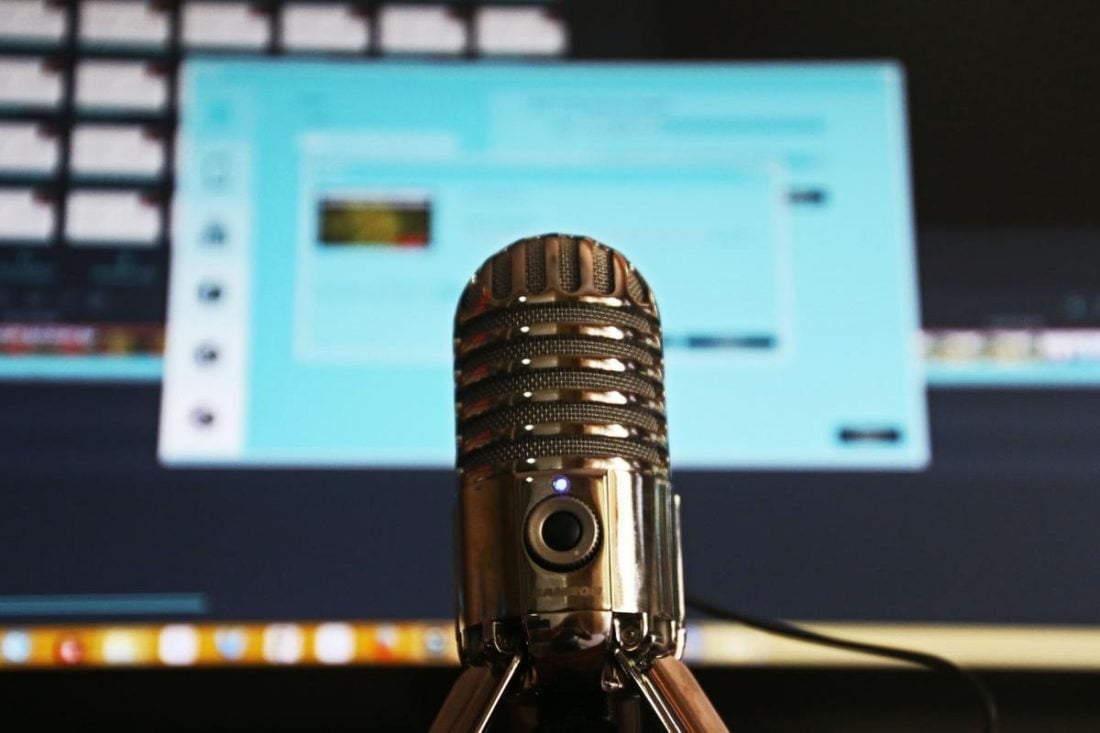
Using a microphone or sound recorder, you can record how much the headphones leak sound and play it back to see what it sounds like. To do this, use your smartphone to record the sound while you have your headphones and listen to some music.
Do a test with a friend

If you aren’t equipped to do a recording test, you can simply rely on your senses with the help of a friend. Let your friend wear your headphones, then play some music. Gradually increase the volume to test the different levels of sound leakage. When satisfied, wear the headphones yourself and have your friend listen to see what they think.
Do a cheek test
With the headband behind the back of your head, rest both the earcups on your cheeks. Make sure that there’s a seal to make the test as accurate as possible. Play your music at the volume you usually listen at and see how much audio leaks.
While it’s not a one-for-one comparison of when your headphones are on your ears, it’s a fast and easy way to see how much audio is leaking if you can’t perform the other two methods.
How to Prevent Sound Leakage
Now, if the above tests prove how loud your sound leakage is, fret not! Before you buy yourself a new pair of headphones, take a look at a few ways you can reduce sound leakage from your headphones.
For IEMs: Replace silicone tips with foam tips.
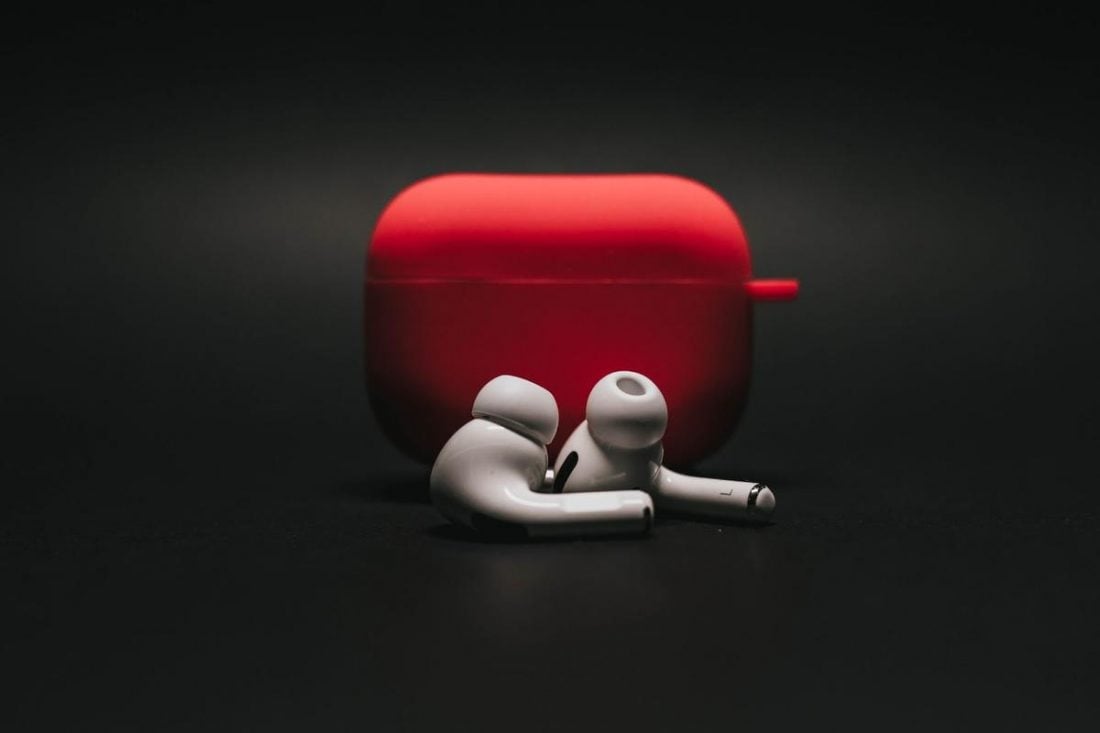
Silicone tips are generally the most popular type of tips found with IEM earbuds. However, foam tips are considered better when it comes to noise isolation. Because the foam conforms to the shape of your ear, they create a great seal that blocks outside noise and delivers audio directly to your ear canal.
The Comply Foam Tips are great for IEMs, as they feature memory foam that aids with comfort and noise isolation, as well as WaxGuard that helps keep wax out of your earbuds. Other great foam tips include:
- Westone Replacement Eartips
- InAirs Foam Ear Tips
- Campfire Audio Marshmallow Foam Tips
- Dekoni Audio Bulletz
For headphones: Replace your earpads
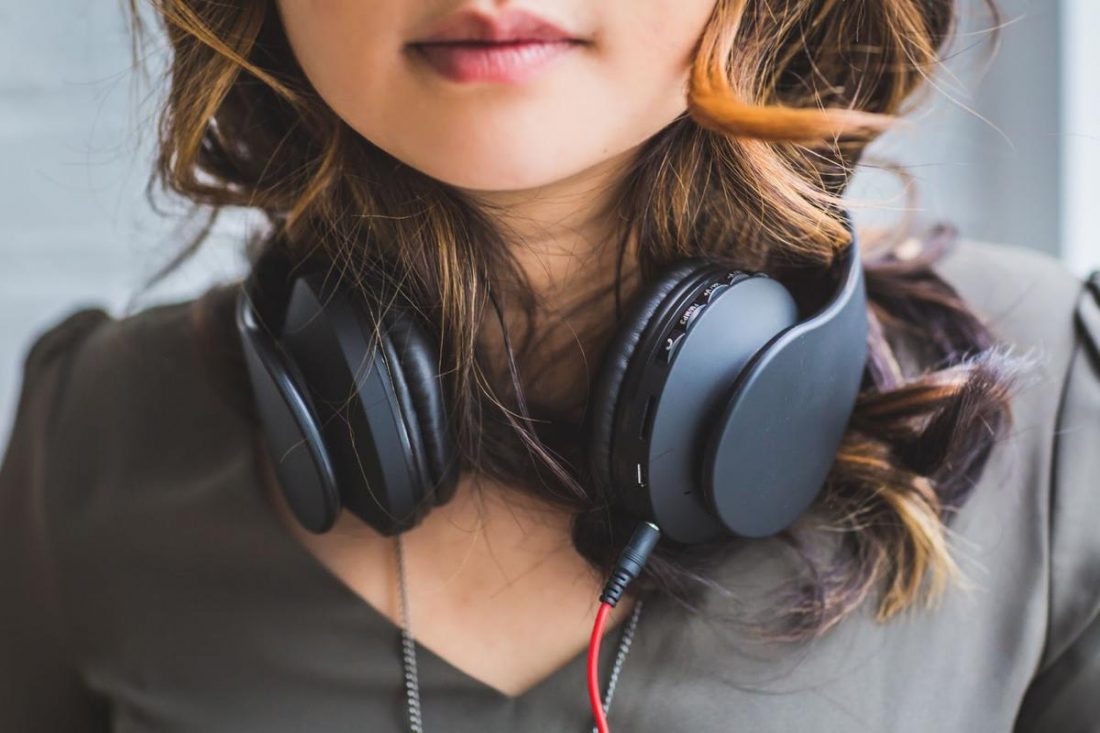
Just like the type of tips you use for IEM earbuds, the type of material used in your headphone earpads can affect how much sound your headphones leak. Generally speaking, you want earpads that offer good noise isolation. In terms of noise isolation, leather (both faux and real) and memory foam are the best candidates.
Leather and memory foam create a seal against your head when worn, which helps reduce the amount of noise that enters and exits your headphones. Less spaces for sound to escape results in better sound containment.
Turn the volume down
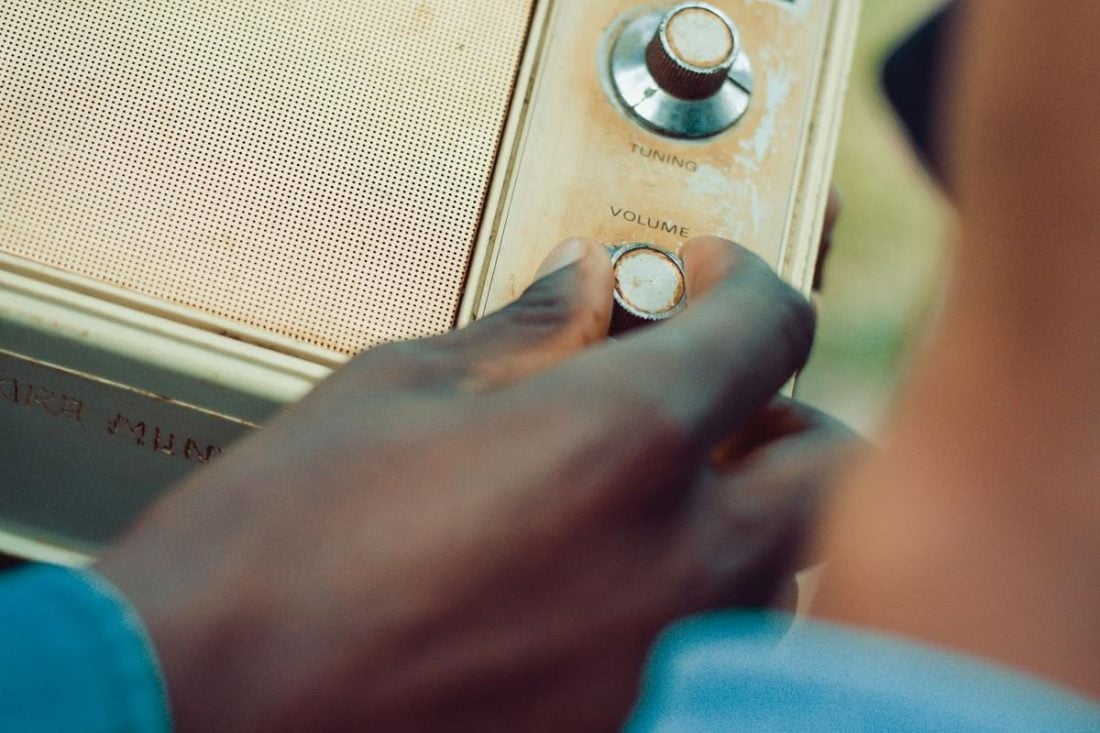
Sound leakage is heavily attributed to the volume of your music. The higher your volume, the more sound leakage that will occur. If you’re in a particularly quiet environment, simply turning your volume down might be enough to eliminate sound leakage.
Sound-proof your headphones
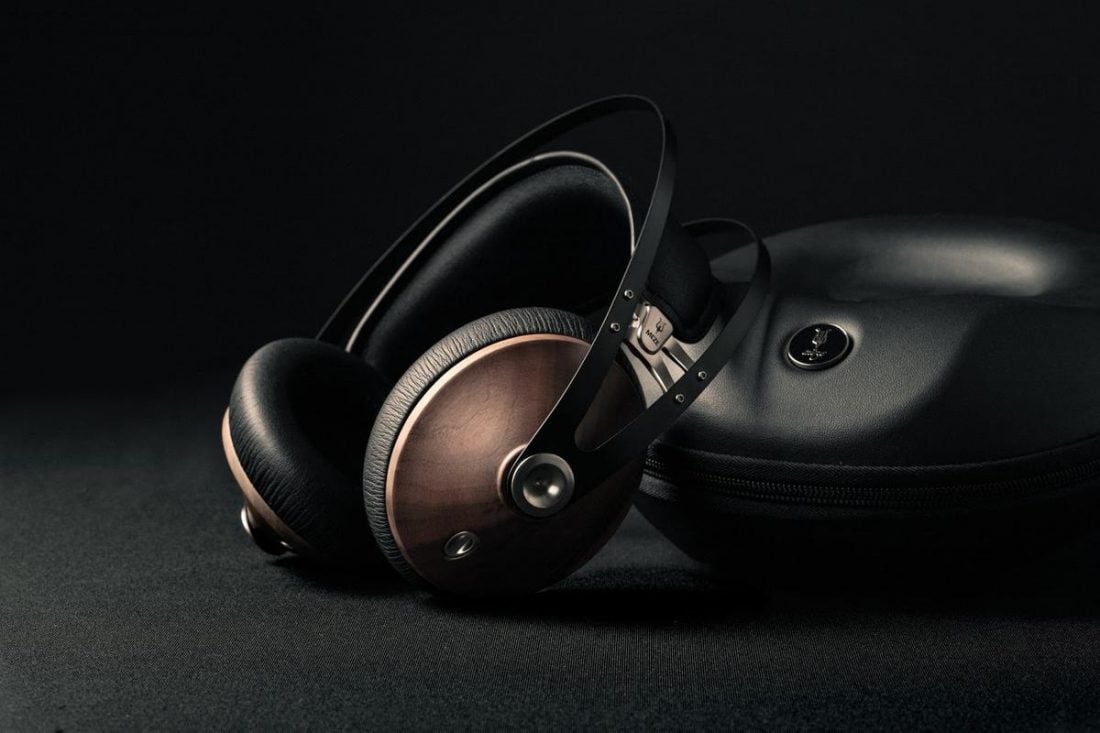
For those who like a hands-on approach, you can make some adjustments to your existing headphones, or simply create your own unique pair of headphones that are tailored to your liking.
Types of Headphones That Leaks the Most Sound
The amount of sound that leaks from your headphones heavily depends on the type of headphones you have. If that’s a big deal, here’s a list of the different types of headphones on the market you can avoid:
- Open-back headphones – Open-back headphones have the most sound leakage. This is due to the fact that the open design doesn’t restrict sound to the headphones only. A sample of this is the Beyerdynamic DT 990 Pro.
Beyerdynamic DT 990 PRO Headphones (From: Amazon) - Semi-open headphones – Put simply, semi-open headphones are the middle ground between open-back and closed-back headphones. They have less insolation than closed, but less airflow than open. Because they offer at least some isolation, they’re second to open-back headphones in terms of sound leakage. For example, is this AKG K240 Studio Headphones.
AKG K240 Studio Headphones (From: Amazon) - Bone conduction headphones – Although bone conduction headphones, like the Aftershokz Air featured below, produce sound using sound vibrations passed through the jaw and skull bones, this doesn’t mean that they’re not susceptible to sound leakage. At loud volumes, someone near you will still be able to hear what you’re listening to, albeit less so than open-back or semi-open headphones. Want to learn more about bone conduction? Check out our guide on bone conduction test to understand how it works and why it is important.
- On-ear headphones – On-ear headphones, like they’re named, sit on your ear instead of around it. When they’re on your ear, there’s less chance of them creating a proper seal against your head. This leaves room for sound to travel out of the headphones. An example of this is the Sony WH-CH510.
Sony Wireless Headphones WH-CH510 Headphones. (From: Amazon)
Types of Headphones With the Least Sound Leakage
Headphones with a design that creates a good seal have the best chance at combating sound leakage. Below are the two types of headphones that have the least amount of leakage:
- In-ear headphones – Thanks to their small driver size, in-ear headphones, like the Bose Sport Earbuds, are less likely to produce sound leakage at safe listening volumes. In addition to this, their tips can mould to your ear shape, creating an effective seal so that sound can’t escape.
Bose Sport Earbuds (From: Amazon) - Closed-back headphones – The design of closed-back headphones is focused on containing the sound within the headphones. As there is less space for sound to escape, sound leakage is kept to a minimum. To reduce sound leakage even further, an over-ear design can create a seal around your ear to seal the audio in. A sample closed-back headphones is the Mpow H21.
Mpow H21 Hybrid Noise Cancelling Headphones. (From: Amazon)
Conclusion
At the end of the day, you can expect sound leakage from all types of headphones. We don’t yet have the technology to produce a practical pair of headphones that produce zero sound leakage. However, taking into account the factors in this article, you can make an informed decision on what steps to take to reduce the sound leakage from your headphones.
Do you think we missed anything in relation to reducing sound leakage? Let us know in the comments below!
